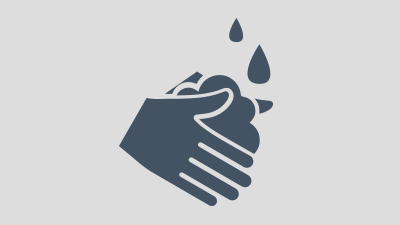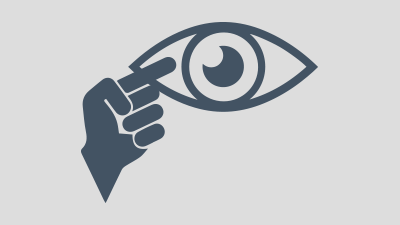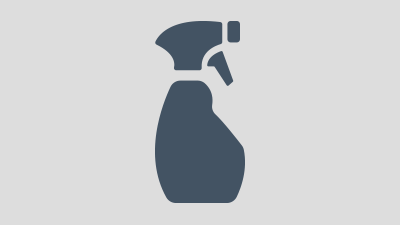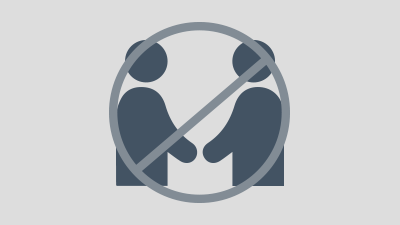The Texas Department of State Health Services (DSHS) is working closely with the Centers for Disease Control and Prevention (CDC) in responding to the new coronavirus disease 2019 (COVID‑19) that is causing an outbreak of respiratory illness worldwide.
COVID-19 Vaccine Information
Learn all about COVID-19 vaccines in development and vaccination planning in the United States and in Texas:
Flu & COVID-19
With both flu and COVID-19 circulating this season, getting a flu vaccine is more important than ever. Learn more about what you can do to protect yourself and your loved ones on the CDC website:
For more information about seasonal flu, see TexasFlu.org.
Browse this site for what to do if you're sick, testing information, symptoms, prevention tips, how to learn more, and information on scams and fraud.
Hospitals, healthcare professionals, local public health, community leaders, and others can find resources throughout this website to help them in their response to COVID‑19.
This is a rapidly evolving situation and information will be updated as it becomes available. Check back often for the latest details and what Texans need to know about COVID‑19.
See also the CDC website for the latest developments on COVID‑19:
Coronavirus Disease 2019 (CDC)
What to Do If You Are Sick
Symptoms of COVID‑19 may show up 2‑14 days after exposure. The steps you should take if you think you are sick with COVID‑19 depend on whether you have a higher risk of developing severe illness.
High-Risk Individuals:
General Population:
- If you are in generally good health and have mild symptoms, stay home and take care of yourself like you would for a cold or the flu.
- If symptoms worsen, call your doctor.
If you are sick or are caring for someone who is sick, you can use the COVID-19 Self-Checker on the DSHS Texas Health Trace application to help you make decisions about seeking appropriate medical care.
If you need help finding a doctor or accessing medical care, call 2‑1‑1 and they can direct you to low- or no-cost providers in your area.
See the CDC website for more information on how to take care of yourself and others at home if sick:
Information on disinfecting your home and vehicle and disposing of contaminated waste if someone is sick can also be found on the CDC and TCEQ websites:
Disinfecting Your Home (CDC) Disinfecting Non-Emergency Transport Vehicles (CDC)
Disposal of COVID-19 Contaminated Waste (TCEQ)
See also the CDC Reopening Guidance for Cleaning and Disinfecting Public Spaces, Workplaces, Businesses, Schools, and Homes.
▲ Top
COVID-19 Testing
Your doctor will help make the decision if you should get tested for COVID‑19.
If you do not have health insurance, you can still get tested for COVID‑19 if your doctor or healthcare provider recommends it.
For information about testing, you just need to call your doctor and/or access care the way you usually do. If you need help finding a doctor or accessing medical care, call 2‑1‑1 and they can direct you to low- or no-cost providers in your area.
People can get tested for COVID‑19 at public testing sites or drive‑thru locations in certain parts of Texas.
For an explanation of the different types of tests for COVID-19, see COVID-19 Testing Explained (PDF, V.3.0, updated 10/08/2020).
To learn more about types of testing, see also the CDC website:
▲ Top
Symptoms of COVID-19
Patients with COVID‑19 have reportedly had mild to severe respiratory illness.
Symptoms of COVID-19 can include:

Fever

Cough

Shortness of Breath
Other symptoms reported with COVID-19 include:
- Chills
- Fatigue
- Muscle or body aches
- Headache
- New loss of taste or smell
- Sore throat
- Congestion or runny nose
- Nausea or vomiting
- Diarrhea
Learn more about COVID‑19 symptoms on the CDC website.
▲ Top
Prevention of COVID-19
There is currently no vaccine to prevent COVID‑19. The best way to prevent infection is to take steps to avoid exposure to this virus, which are similar to the steps you take to avoid the flu.
-

Wash hands with soap and water.
-

Wear a face covering.
-

Cover coughs and sneezes.
-

Avoid touching face.
-

Disinfect often touched surfaces.
-

Stay 6 feet apart.
DSHS recommends these everyday actions to help prevent the spread of any respiratory virus, including COVID‑19:
- Wash hands often for 20 seconds and encourage others to do the same. Use hand sanitizer with at least 60% alcohol if soap and water are unavailable.
- Wear a cloth face covering in public and during large gatherings.
- Cover coughs and sneezes with a tissue, then throw the tissue away.
- Avoid touching your eyes, nose, and mouth with unwashed hands.
- Disinfect surfaces, buttons, handles, knobs, and other places touched often.
- Stay six feet apart from others.
- Avoid close contact with people who are sick.
DSHS recommends that you practice social distancing. Social distancing involves staying away from other people to avoid catching or spreading illness. It's a fancy term for avoiding crowds and minimizing physical contact. This could mean avoiding concerts or weddings, skipping the handshake, and/or staying at least six feet away from others.
Additionally, DSHS and the CDC recommend using simple cloth face coverings in public to help slow the spread of the virus:
Use of Cloth Face Coverings (CDC)
See also the CDC website for more information on what you can do at home to prevent the spread of COVID‑19:
Get Your Home Ready (CDC) Running Essential Errands (CDC)
Prevent Getting Sick (CDC) Social Distancing (CDC) Quarantine (CDC) Isolation (CDC)
▲ Top
How COVID-19 Spreads
Current understanding about how the virus that causes COVID‑19 spreads is largely based on what is known about similar coronaviruses.
The virus is thought to spread mainly from person to person:
- Between people who are in close contact with one another (within about 6 feet).
- Through respiratory droplets produced when an infected person coughs or sneezes.
- These droplets can land in the mouths or noses of people who are nearby or possibly be inhaled into the lungs.
- COVID‑19 may be spread by people who are not showing any symptoms.
The virus may also be spread through surfaces:
- By a person touching a surface or object that has virus on it and then touching their own mouth, nose, or possibly their eyes.
- This is not thought to be the main way the virus spreads, but we are still learning more about how this virus spreads.
Download the Stop the Spread of Germs flyer.
Read the latest information from the CDC on how COVID‑19 spreads.
▲ Top
Learn More
To learn key facts and help stop the spread of rumors, see the Share Facts, Not Fear page on the CDC's COVID‑19 website.
For more in-depth information on COVID‑19, see the CDC's Frequently Asked Questions (FAQs).
▲ Top
Scams & Fraud
Criminals are impersonating Texas government agencies to scam people and organizations during the COVID-19 pandemic. Currently, common scams include unsolicited purchase orders and requests, spoofed emails and phishing attempts, and government impersonation phone scams. Visit the Texas Comptroller Fraud Alerts website to know how to spot and report scams.
▲ Top
Contact Us
If you have any questions or would like more information about COVID-19, contact us by email or by phone:
Email: coronavirus@dshs.texas.gov
Phone:* Dial 2‑1‑1, then choose Option 6.
Hours: 24/7
*If you experience difficulty when dialing 2-1-1, please email coronavirus@dshs.texas.gov.
For local assistance, see the listing of Coronavirus Disease 2019 (COVID‑19) Local Health Entities.
For other local resources and assistance in your community, visit the 211Texas.org website.
▲ Top
This page is being updated as new information becomes available.